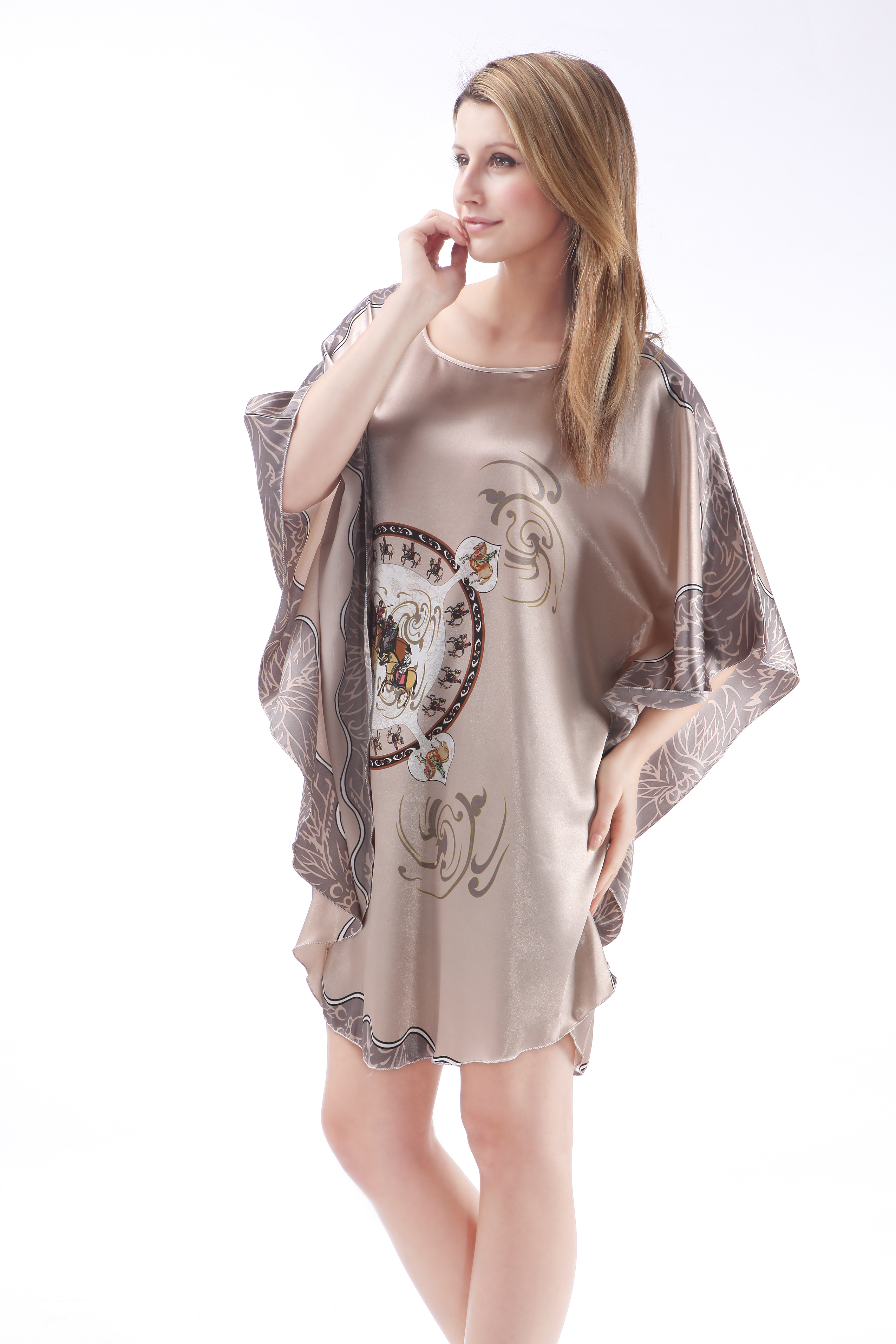This earth can no longer stop women from walking down the streets in their pajamas!
Today’s world is inclusive. As long as you have your style and suit you, no one dares to stop you. But you know what? It took almost two centuries for women to wear pajamas from the bedroom to the dining room and then to the catwalk and the street.

If you don’t know anything about the nightgown on you at this moment, you are a bit ashamed of it. So I sorted out the following dry goods, sisters come together to absorb them.
Beginning in the “false, serious” Victorian era (1837-1901), women’s elegance and sophistication began to be armed from head to every toe. Pajamas alone can be divided into Dressing gowns, Nightdresses, and Nightgowns, so that you can stage a catwalk show in the bedroom, dining room, and reception room at any time.
At that time, women in the upper class usually began to freshen up at noon and receive important guests between 3-5 in the afternoon. Before that, they only need to wear a dressing gown that can cover the nightdress, sit leisurely in the dining room, have breakfast, and enjoy time alone with their families.
In the decades after the end of the Victorian era, many upper-class women still admired this way of life. Diana Freeland, the former editor-in-chief of the American version of “VOGUE,” keeps the habit of getting up at eight in the morning, replying to emails, and handling work in her dressing gown. Of course, the dressing dress she wears is more modern and straightforward.
And Mr. Dior also mentioned in his book “Fashion Notes” that his mother’s generation attaches great importance to dressing gowns, which seems to be one of the indispensable styles in fashionable women’s wardrobes.
In the Victorian period, nightdresses mainly were cotton, linen, and chiffon, with a loose silhouette. The sleeves are primarily lamb-leg sleeves and puff sleeves.
Subsequently, the design increasingly emphasized the voluptuous beauty of the female body, and the soft and close-fitting silk and satin nightdresses gradually became all the rage. As it evolves, fabrics are becoming more and more economical…
What about the Victorian nightgown? Very close to the current nightgown, with a belt on the front or back. However, the collars and cuffs are filled with complicated decorations such as lace, folds, ribbons, and embroidery. After all, the aesthetics of the Victorian era is “complexity is beautiful and advanced.”
Post time: Aug-31-2021
